








The magazine of the art-form of the photo-essay
“A free, really high quality photo-essay magazine. Fabulous!”
Stephen Fry. British actor, writer and film & documentary maker

Aug 2014 back issue


by Aaquib Khan

Since 2009, drug use in Afghanistan has increased by 70%. Men, women, and children live on the opium that
Afghanistan grows and children search for cheap substances such as glue and petrol with which to get high.
Afghanistan produces around 90% of the World’s opium. The Ministry of Public Health (MoPH) estimates the majority
of addicts are male; women and children make up 13% and 7% respectively of the 1.6 million estimated total number
of Afghan drug addicts. Unemployment, poverty, illiteracy, lack of clinical facilities for women and their helplessness
in coping with the demands of a male world have increased the numbers of female addicts in recent times.
Drug addicts are damaged both physically and socially. Chronic depression, anxiety, insomnia and post-traumatic
stress disorder, tuberculosis, colds and asthma take their toll. Robbery, divorce, domestic violence, begging and child
labour are just some of the social side-effects. With fewer rehabilitation centres and insufficient funding, all aspects of
addicts’ lives become extremely challenging.
For drug addicts, Pul-e-Khishti (a bridge in Kabul) is the first choice, where no one disturbs them and where they can
take drugs. When it rains and the water level rises, they move on.
The Injecting Drug Users (IDUs), those who take drugs through shared injections, are increasingly becoming victims
of HIV/AIDS.
To get the drugs, addicts steal money from home, sell their household items like blankets, utensils etc. to gather
together the money. Some work and spend their entire day’s wages on drugs.
Opium is the most common and most cheaply available drug in Afghanistan.
As drug addiction among Afghans increases, the Afghan Govt. is working hard to establish rehabilitation centres.
Jangalak, a 300 bed hospital in Kabul, is one of them.
Started in 2010, Jangalak has around 200 patients. Nearly 5000 people have already been rehabilitated by the
hospital. There are nearly 25 such hospitals in twenty five different provinces in Afghanistan.
Hospitals adopt different techniques to counter the problem of drug-users. An interactive chart showing different parts
of the rehabilitation process. In hospital, 5 AM is the wake-up time. The morning always starts with prayer. Later they
clean their clothes, bed, utensils, and eat breakfast. The rest of the day in spent playing games and watching TV.
In Afghan society, drug addicts are social outcasts.
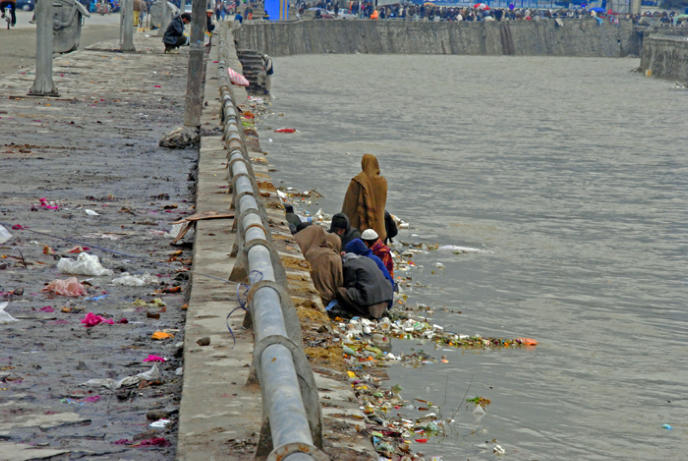
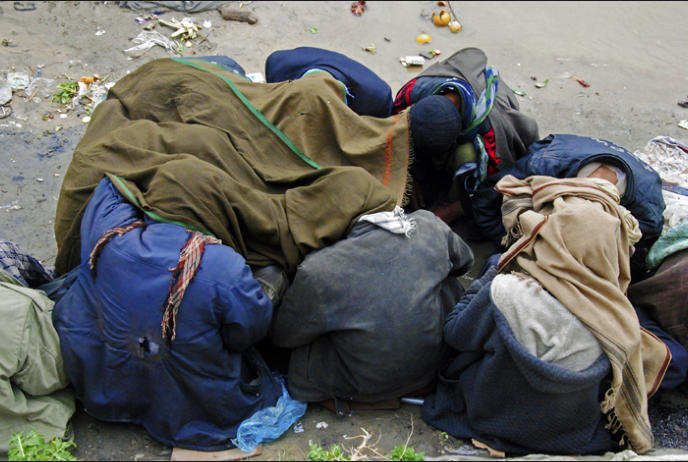
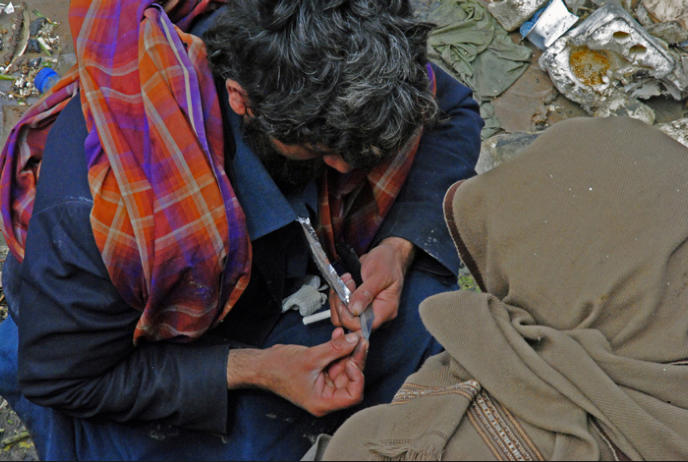
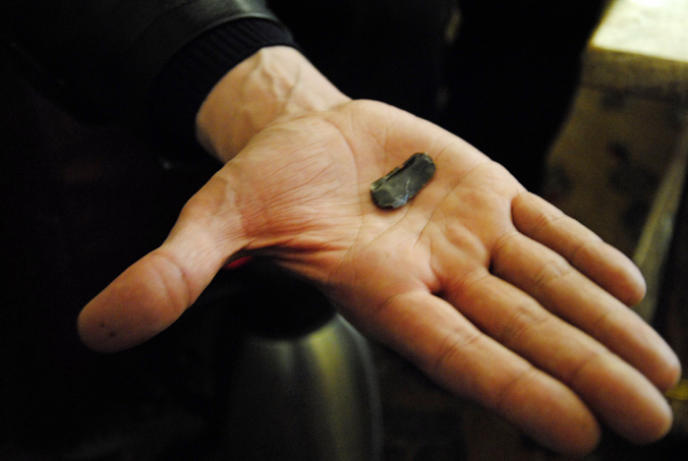
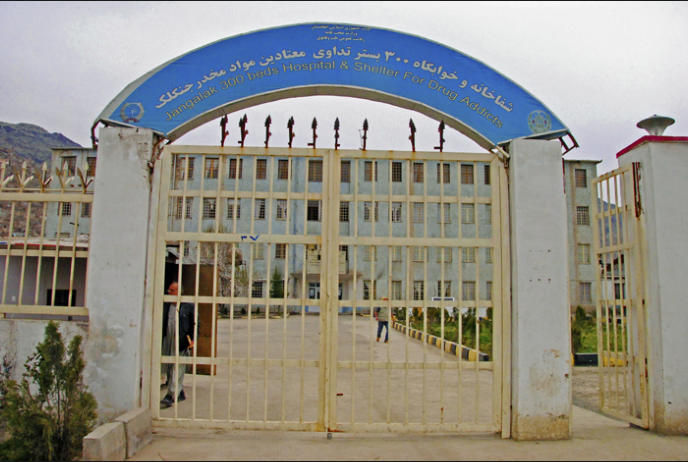
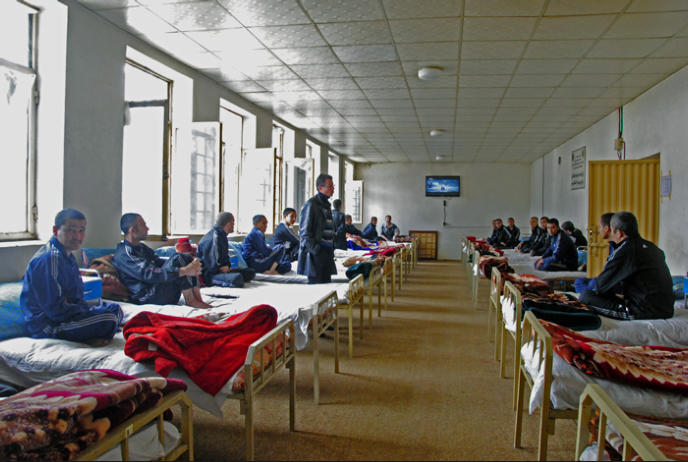
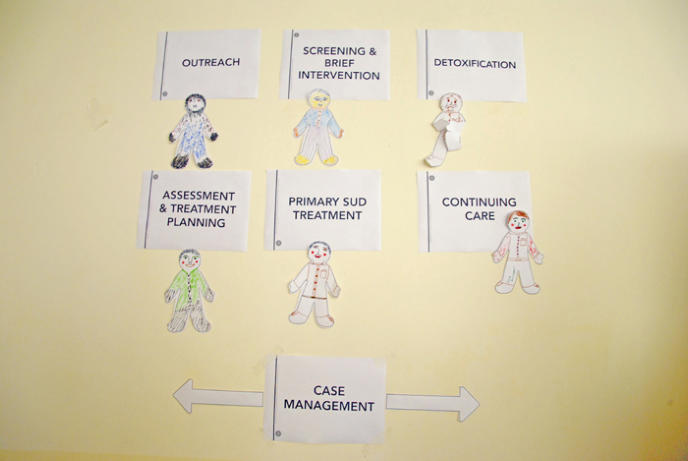
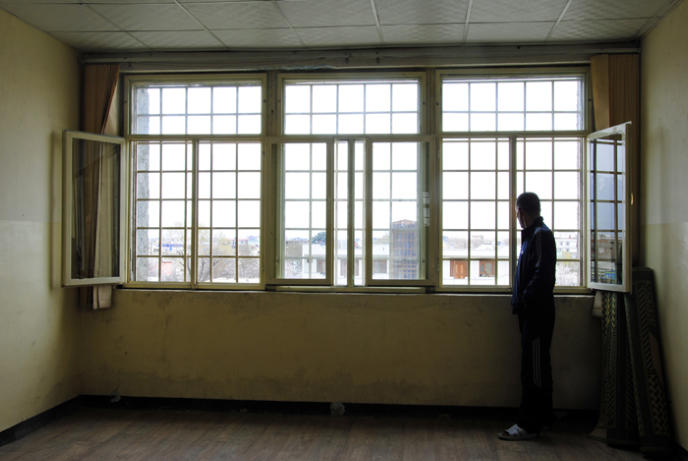
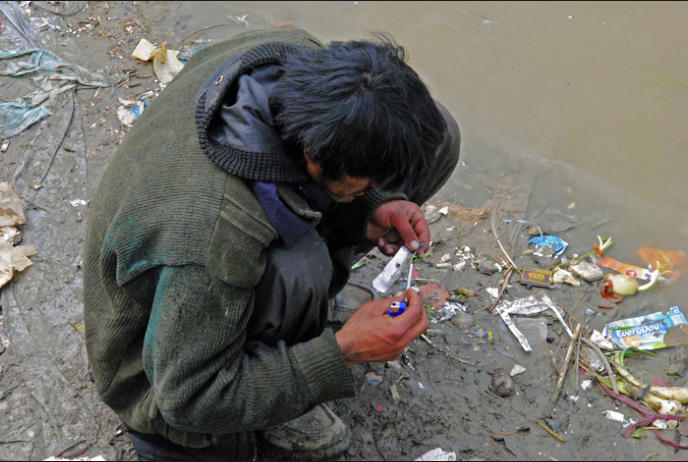
A drug addict smoking opium near Pul-e-Khishti.
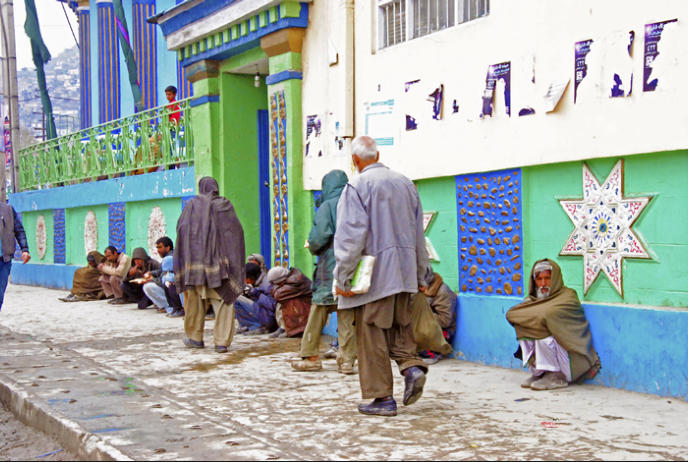
Drug addicts begging near a mosque in Shah-do-Shamsera area.
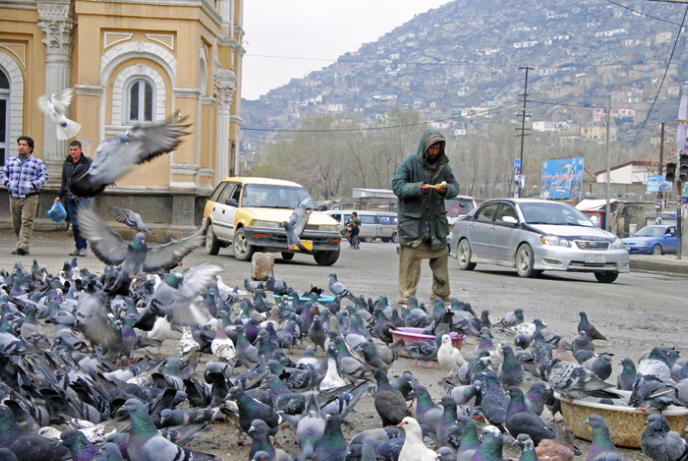
A drug addict feeding food to the pigeons.
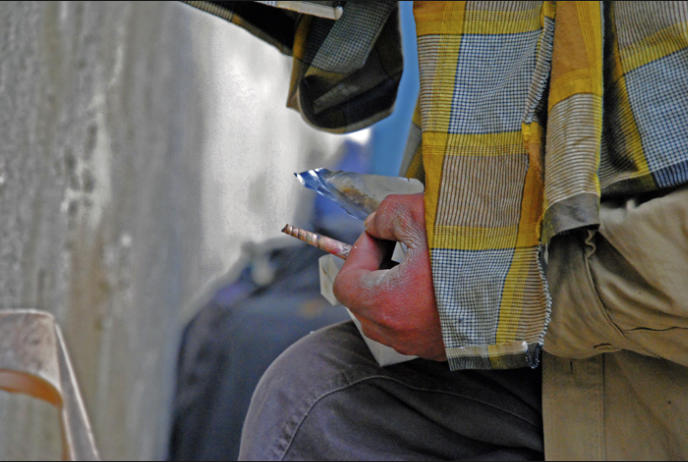
A drug user.
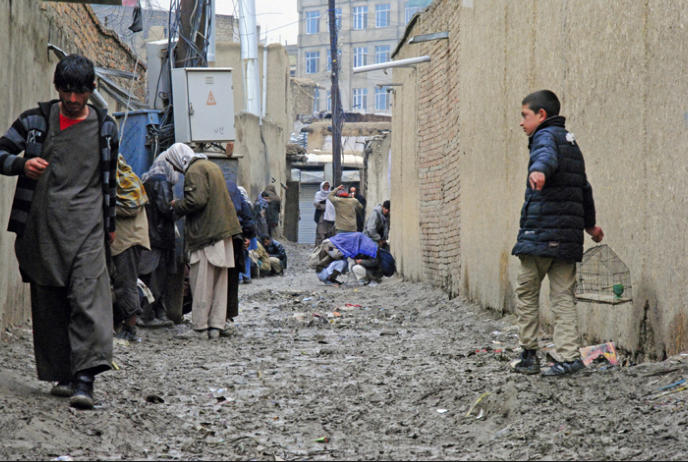
A lane where drugs are bought and sold.
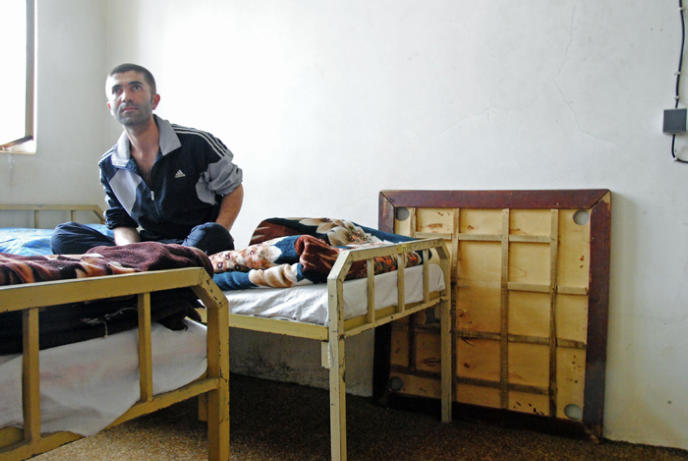
A patient in Jangalak hospital awaiting treatment.







